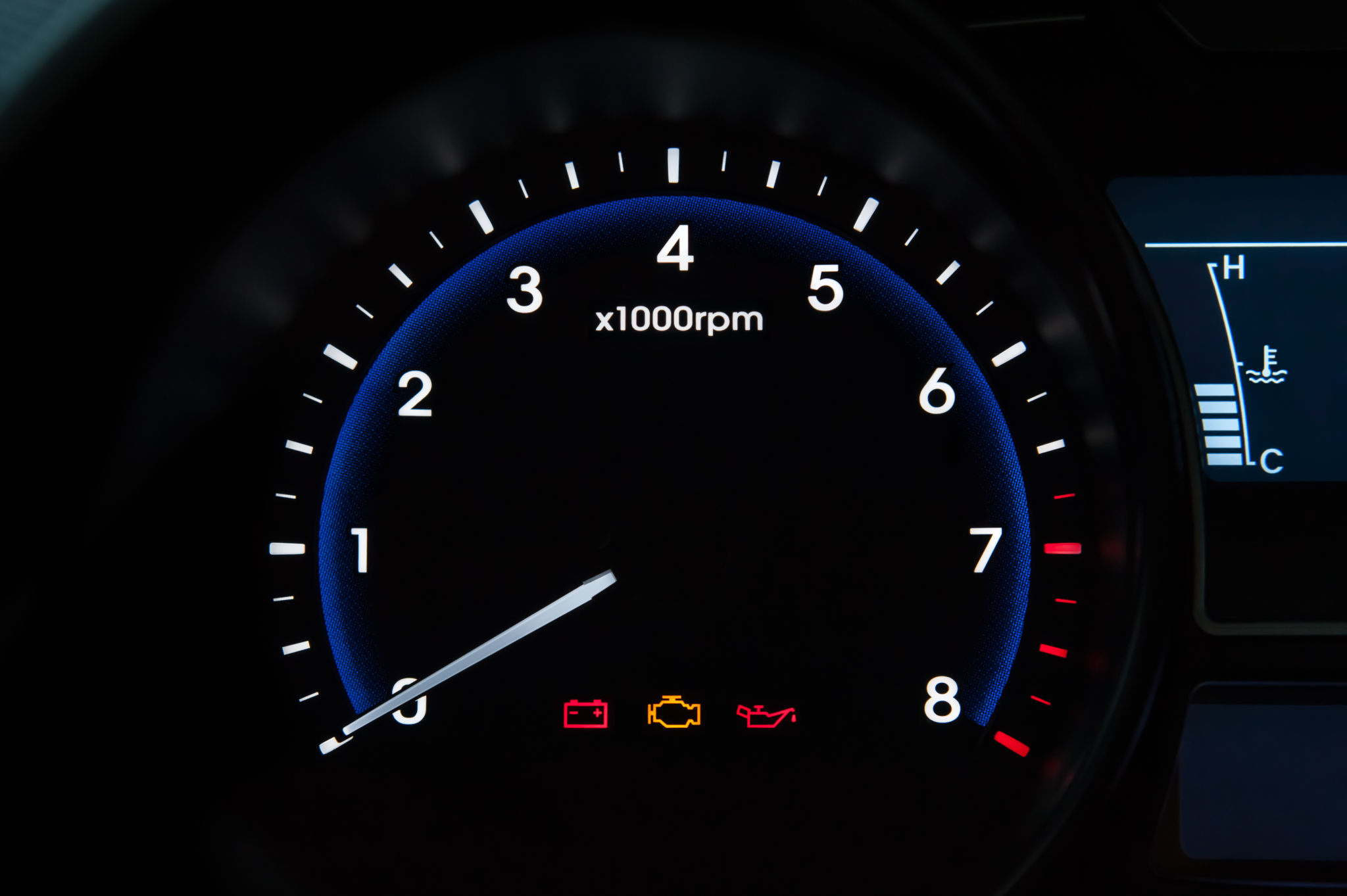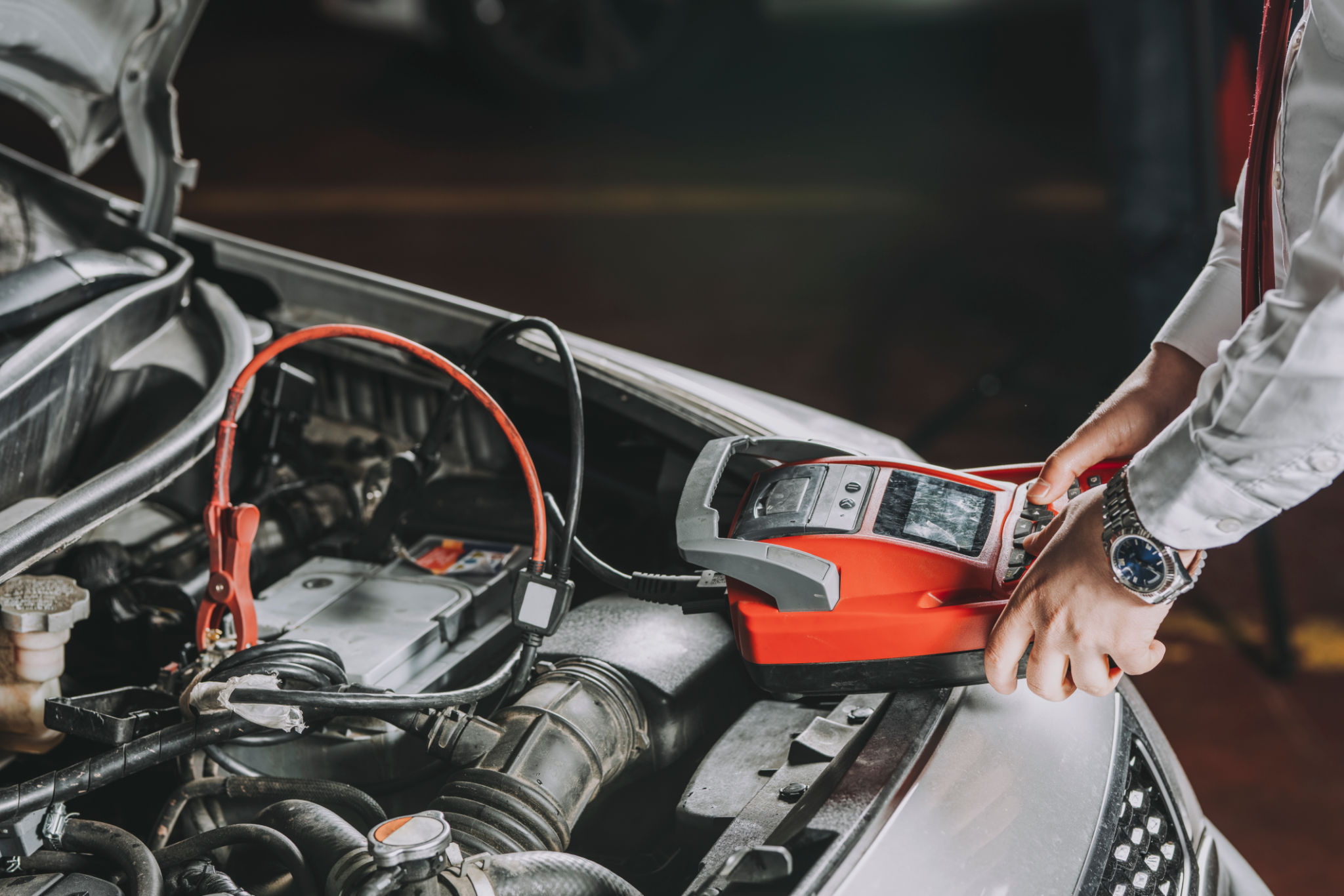Debunking Common Myths About Car Dashboard Lights
Understanding Car Dashboard Lights
Car dashboard lights are crucial indicators that help drivers maintain their vehicle's health and safety. However, there are numerous myths surrounding these lights that can lead to confusion and even unnecessary panic. In this blog post, we'll debunk some common misconceptions to help you understand what these lights really mean.

Myth 1: All Dashboard Lights Mean Immediate Danger
One of the most prevalent myths is that every dashboard light indicates an urgent problem. While some lights, such as the oil pressure or brake system warning lights, do require immediate attention, others might simply be reminders. For instance, a tire pressure light might illuminate due to a slight drop in temperature affecting tire pressure, which doesn't necessarily indicate a puncture.
Understanding the color of the lights can also provide clarity. Generally, red lights are more severe and indicate a need for immediate action, while yellow or orange lights suggest caution and should be checked soon. Green or blue lights are usually informational, like your high beams being on.
Myth 2: You Can Ignore Dashboard Lights If Your Car Feels Fine
Another misconception is that if your car feels normal, you can ignore the dashboard warnings. This approach can lead to bigger and more expensive problems down the line. For example, ignoring the check engine light because the car seems to run fine might cause minor issues to escalate into significant repairs.

Myth 3: Dashboard Lights Are Always Self-Explanatory
While some dashboard lights, like the seatbelt warning, are easy to decipher, not all symbols are intuitive. Many drivers struggle to understand symbols such as the engine coolant temperature warning or the malfunction indicator lamp. It's essential to familiarize yourself with your vehicle's owner's manual to understand what each symbol means.
- Oil Pressure Light: Indicates low oil pressure.
- Battery Alert: Signals an issue with the electrical charging system.
- ABS Light: Points to a potential problem with the anti-lock braking system.
Myth 4: Dashboard Lights Will Turn Off On Their Own
A common myth is that dashboard lights will turn off on their own once a problem is resolved. While this can happen in some cases, it's not guaranteed for all issues. For example, after fixing a mechanical problem, the relevant light might still be on until manually reset by a technician using a diagnostic tool.

If your dashboard light remains illuminated even after addressing the issue, it's wise to consult a mechanic. They can ensure that there are no underlying problems and reset the system if necessary.
Conclusion: Stay Informed and Proactive
Debunking these myths highlights the importance of understanding your car's dashboard lights. By staying informed and responding appropriately to these signals, you can ensure your vehicle remains in top condition and avoid potentially costly repairs. Always refer to your owner's manual for guidance and consult professionals when in doubt.
Remember, these indicators are designed to assist you in maintaining your vehicle's safety and performance. Don't let myths steer you in the wrong direction; instead, use this knowledge to drive with confidence.
